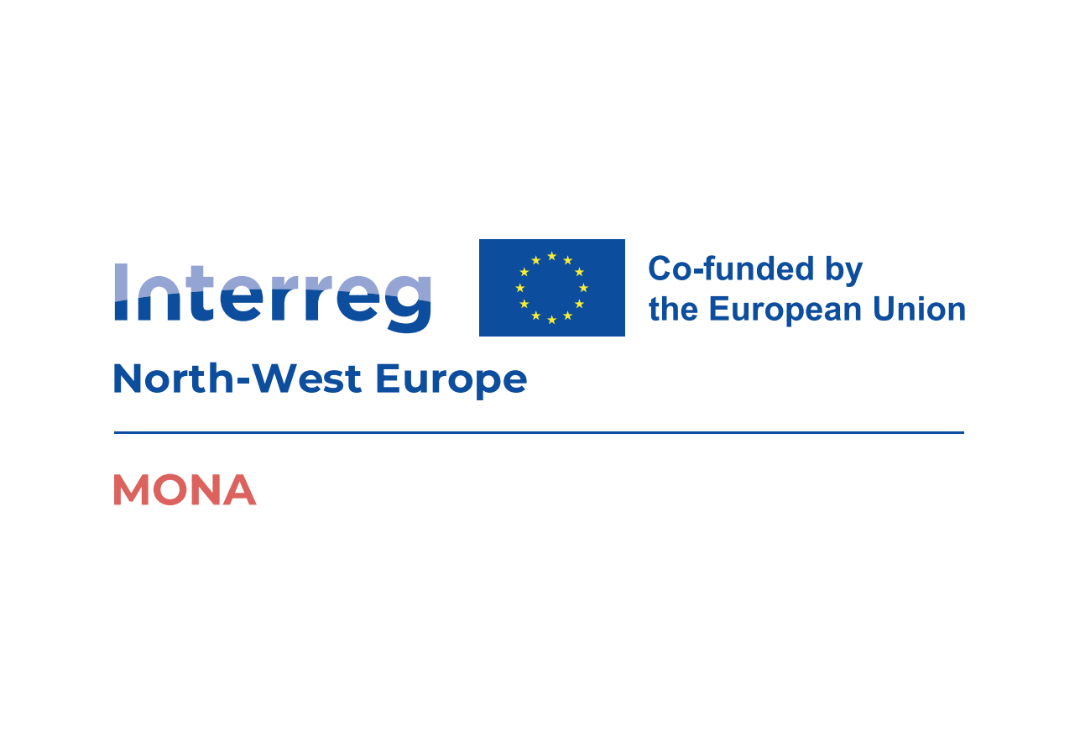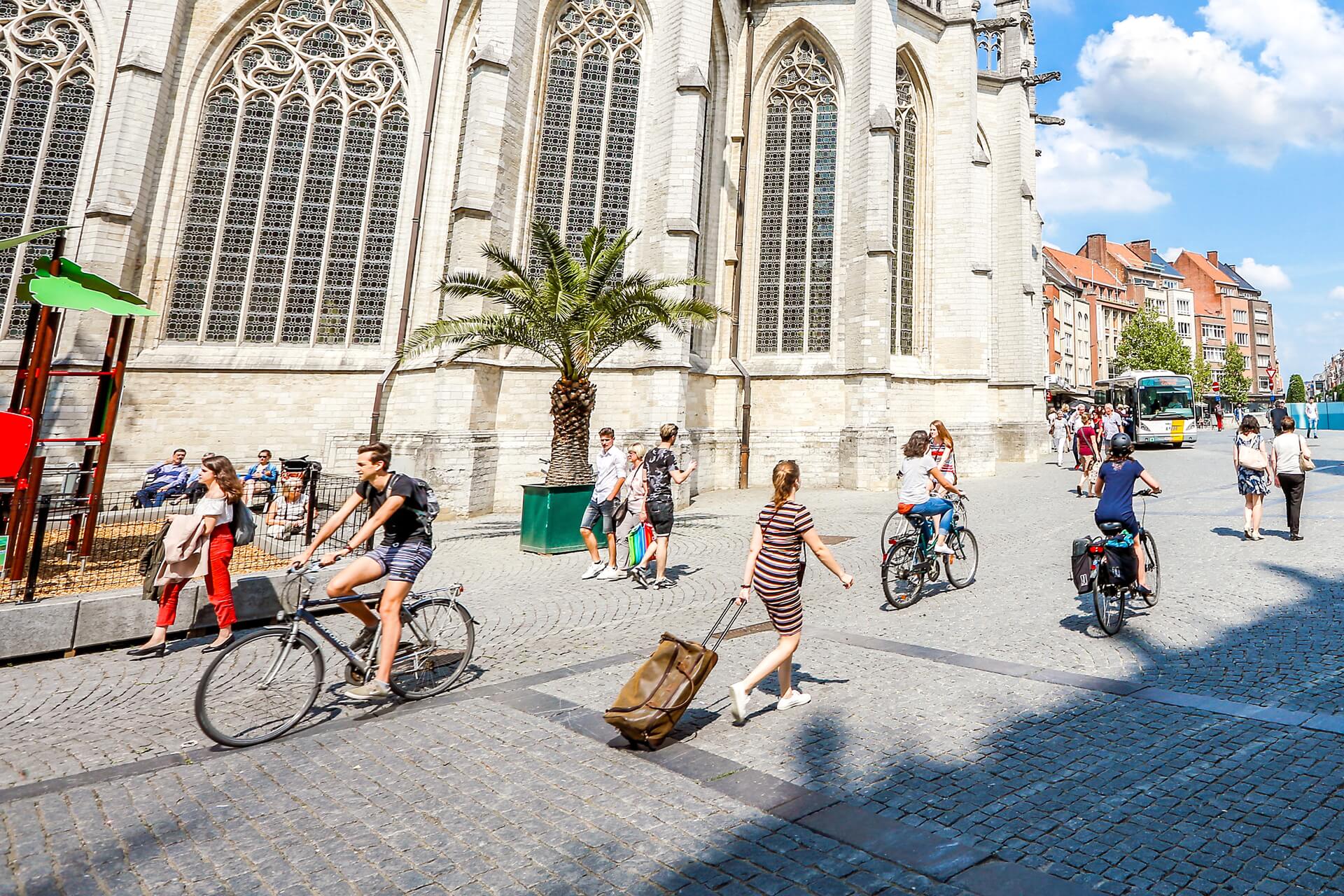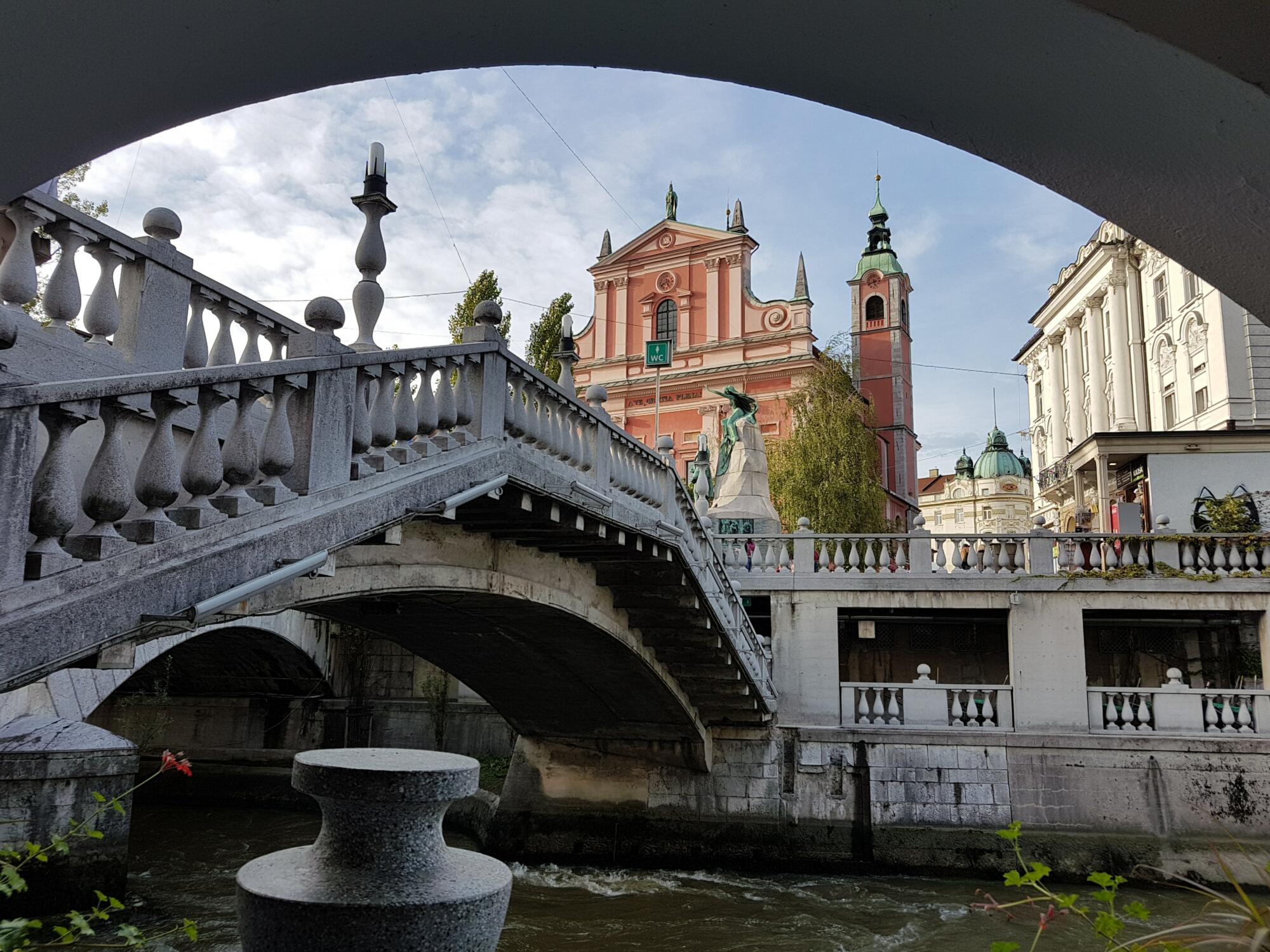First MONA capacity building: Sustainable Mobility in Nature Areas
On 9 October, MONA hosted its first capacity building, bringing together partners and stakeholders from across Europe to explore different approaches to sustainable tourism and mobility in natural areas.
As visitor numbers continue to rise, nature destinations are facing increasing environmental and social pressures. The MONA project seeks to address this by encouraging a shift from car-dependent tourism to more sustainable and environmentally friendly mobility options that benefit both the environment and visitors.
The event featured a range of expert insights on Sustainable Urban Mobility Plans (SUMPs), the use of nudging techniques to encourage responsible visitor behaviour and data collection methods in tourism areas.
Aljaž Plevnik of the Urban Planning Institute of the Republic of Slovenia (UIRS) opened the session by exploring the importance of SUMPs for tourist destinations. He highlighted how tools such as parking management, traffic calming measures, and the promotion of non-motorised transport can reduce environmental pressures. Stressing the need to carefully manage seasonal visitor peaks and public spaces, Plevnik demonstrated how these strategies contribute to sustainable tourism that benefits local communities.
Presenting the SMARTA-NET project Daniela Mattiuz from Panteia shared best practices on sustainable mobility in European rural areas. Illustrating how well-designed mobility solutions, such as improving walking, cycling and public transport options, can significantly reduce car use by tourists.
Anne Desveronnières, representing the Parc naturel régional de la Montagne de Reims, focused on nudging strategies and their potential to subtly influence visitor behaviour. She gave examples such as creating walking trails, engaging visitors through educational games, and working with local sports clubs and residents to find collaborative solutions.
Continuing the discussion on behavioural insights, Janice Edibe from Parc naturel régional Scarpe-Escaut emphasised the need to understand behavioural biases when developing nudging strategies. She pointed out the importance of adapting these approaches to different cultural contexts in order to maximise their effectiveness.
Caroline Schuhmacher from Tourismus Zentrale Saarland continued with a presentation on nudging activities and measures as part of a communication strategy. She explored how targeted nudging can support communication strategies aimed at influencing visitor behaviour in natural areas. Caroline presented examples of successful nudging activities, including digital and physical campaigns to promote more sustainable transport choices and responsible behaviour when visiting natural areas.
To conclude the presentations, Bart Neuts from KU Leuven presented a project in the Hoge Kempen National Park that uses smart cameras to monitor parking and visitor flows. This data-driven approach is helping park authorities to better manage peak periods and improve the overall visitor experience.
The event concluded with a World Café session, where participants shared ideas and discussed practical solutions to challenges such as parking management, traffic calming and the promotion of non-motorised transport. This collaborative format facilitated a lively exchange of ideas and highlighted the importance of shared strategies in addressing the challenges of sustainable tourism.
You can find the presentations below:
1. Sustainable Mobility plans and data collection for touristic areas
Aljaž Plevnik, UIRS2. SMARTA-NET; Guidance on Sustainable Mobility in rural tourism, best practices and experiences from SMARTA initiative of the European Commission
Daniela Mattiuz, Panteia3. How nudging can drive sustainable tourism in nature areas
Anne Desveronnieres, Comite National Biodiversité/Parc naturel regional de la Montagne de Reims5. Nudging concept and best practices for Touristic and Protected areas
Janice Edibe, Parc naturel régional Scarpe-Escaut6. Nudging activities and measures as part of Communication strategy
Caroline Schuhmacher, Tourismus Zentrale Saarland4. Mapping and managing parking use and visitor flows via smart cameras: Pilot project at National Park Hoge Kempen and Visit Flanders
Bart Neuts, KU Leuven



